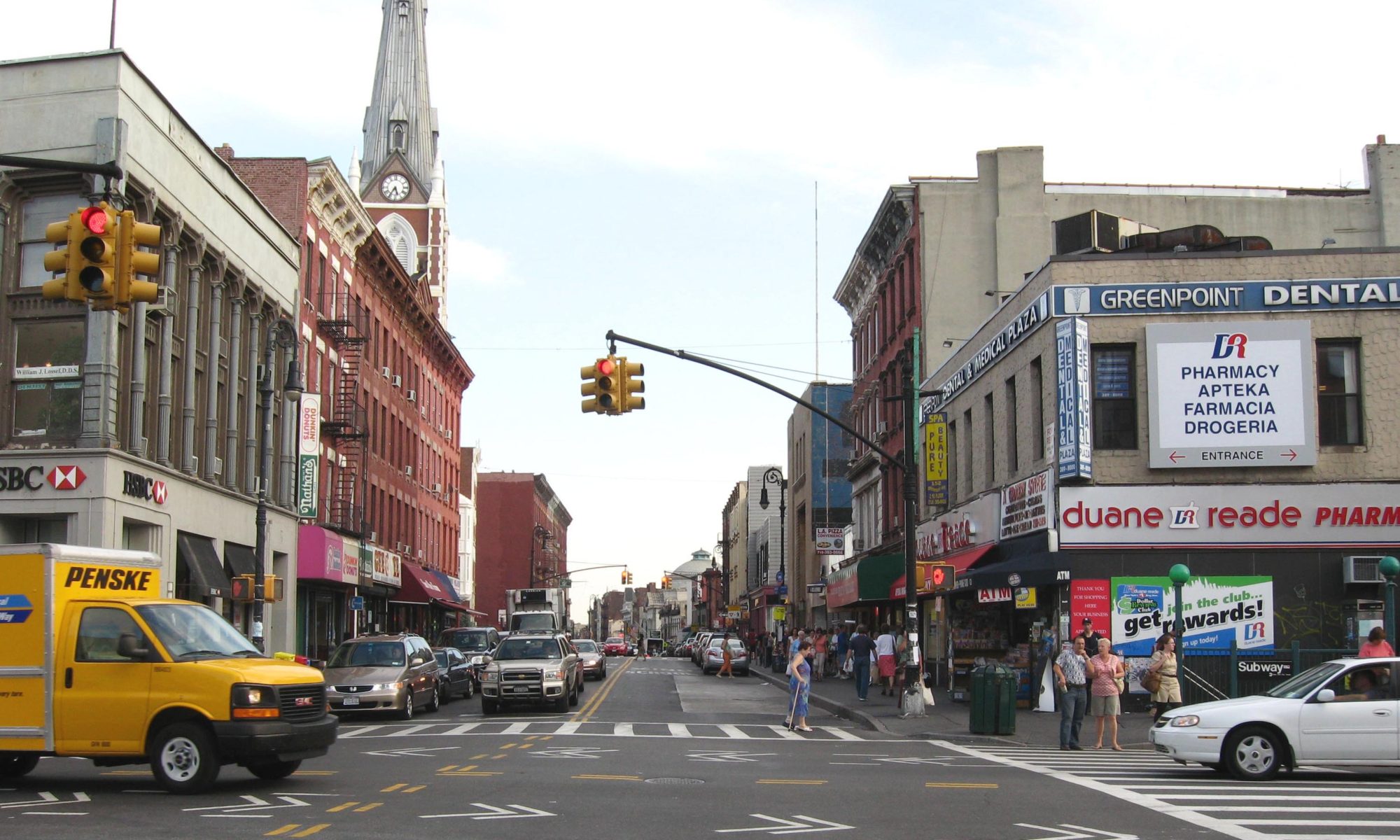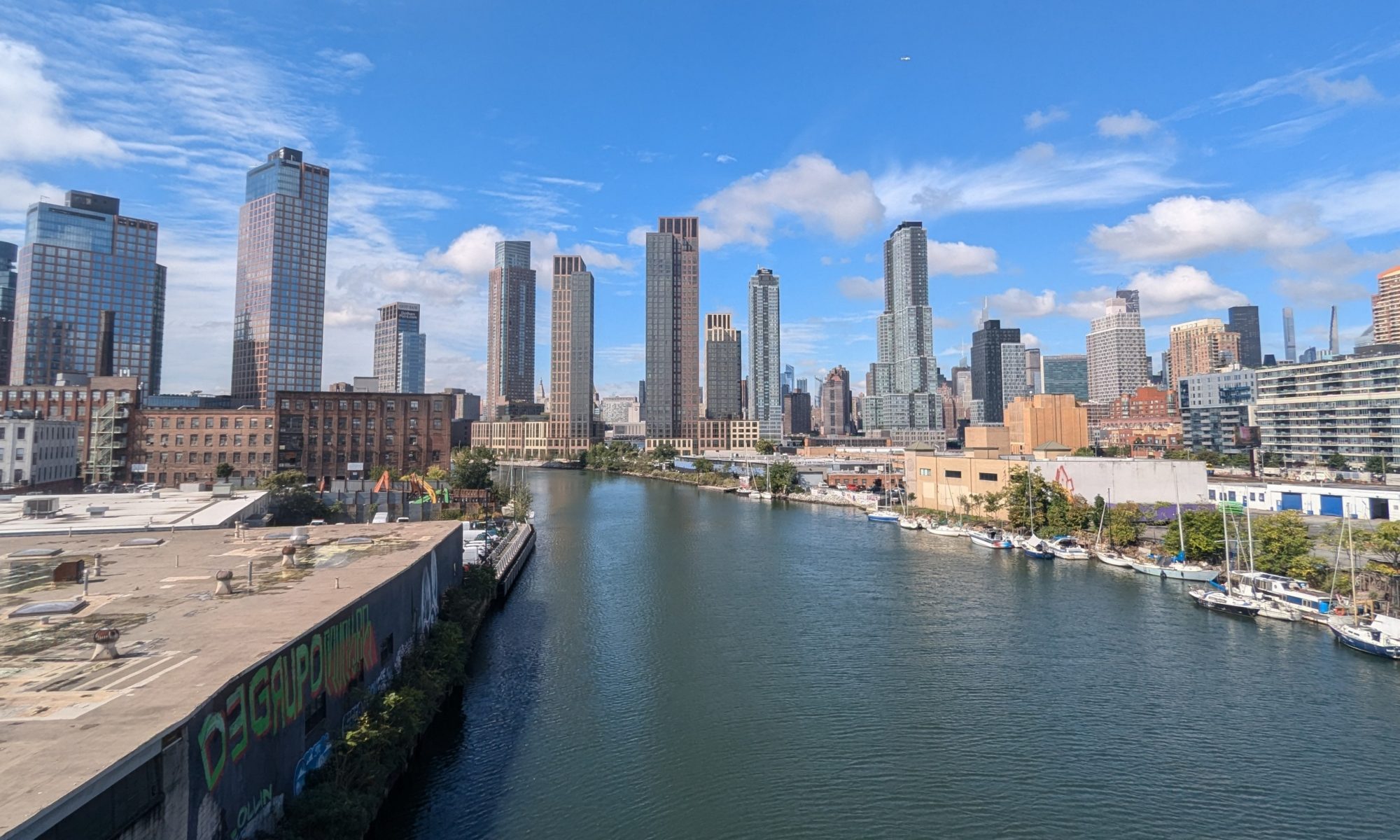By JACK DELANEY | jdelaney@queensledger.com
Little detail given to environmental committee members, worries Newtown Creek advocates
At a meeting last week, community leaders raised a flurry of questions about the EPA’s proposal for cleaning up the East Branch of Newtown Creek. Members of the Community Board No. 1 Environmental Protection Committee met at Swinging Sixties Senior Center in North Williamsburg on September 30 to draft a comment to submit to the EPA as part of the plan’s public review period, which was recently extended. While the committee was enthusiastic that work might begin as soon as next year, those present voiced two main concerns: frustration over a lack of details around technical aspects of the proposal, and a desire for more community input going forward.
Efforts to clean the 3.8-mile Newtown Creek are relatively recent, given its long history of pollution. It was a hotspot for heavy industry during the 19th century, housing over 50 factories and processing plants along its banks. In 1856, the city began dumping raw sewage into the estuary, and contamination worsened as commercial boat traffic steadily increased, reaching a fever pitch with World War II.
Prefer Action Over Waiting
The waterway was named a Superfund site in 2010, and plans for remediation began in 2011. The Record of Decision, which is the final stage before full-scale work on the creek can
proceed, was originally due to be completed by 2023, but was later pushed to 2028. The proposal up for debate on Monday was an early action plan for the East Branch, one of Newtown Creek’s five tributaries. While limited in scope, members of the Environmental Protection Committee praised the concept of beginning now, rather than waiting for a plan encompassing the entire creek. “That part is kind of exciting,” said board member Katie D. Horowitz. “That there could actually be something started in 6 months to clean up.” Board chair Stephen Chesler agreed. “This could act as a study for treating the rest of the creek. That’s one of the key things here.”
The East Branch proposal outlines several possible approaches, ranging from no action to a $500 million, 7-year plan to dredge the entire tributary. The EPA’s preferred alternative is a compromise of dredging deep enough to place a cap over the sediment, a $250 million, 3-year improvement. But at Swinging Sixties, the consensus was that the EPA’s presentation of this option at a public meeting on September 18 had left much to be desired. “You walked out of the meeting, and you don’t really know what’s going to happen,” said committee member Christine Holowacz.

This Description Is A Red Flag
In drafting the public comment, the EPC Committee honed in on several specifications they believed had been omitted. “By now, [the EPA] should be able to at least discuss the composition of the cap,” member Laura Hofmann remarked. For his part, Chesler wanted to know more about why the proposed bulkheads were only temporary. “This description is a red flag for me,” he said, pointing to a bullet point on the projector screen. “I asked this at the [September 18] meeting — what’s the permanent solution, then?”
Yet another debate erupted over the plan’s decision to add six inches of biota, a layer of living organisms reintroduced after dredging, rather than the state standard of two feet. Zooming out, Horowitz called for a clearer sense of how the EPA will monitor results after implementation.
Boats on creek?
The three members also on the Newtown Creek Community Advisory Group (CAG) — Chesler, Holowacz, and Hofmann —were just as focused on the issue of navigability. If the East Branch were designated for commercial use by boats, the plan would need deeper dredging, and discussions about replacing nearby structures such as the aging Grand St. Bridge would have to accommodate this status. Chesler worried about what he saw as a disconnect between governmental agencies involved in the cleanup. The Army Corps of Engineers released a report in January 2024 designating the East Branch as non-navigable, he noted, but the city was continuing with discussions of a movable bridge, under the assumption that it would be navigable. Was the EPA taking this into account? “We should wait for the bridge design,” he said, “because that would change the game.” “If you have to dredge navigable water,” seconded Hofmann, “forget it.”
Amidst all the minutiae, the main point everyone on the committee agreed upon was that active dialogue with the public should continue. “We just need to make sure that this is a robust plan that will give us what we need,” said Holowacz.
The EPA will accept written comments on the Proposed Plan during the public comment period, which now ends on October 28. Written comments should be addressed to Caroline Kwan, Remedial Project Manager, U.S. Environmental Protection Agency, 290 Broadway, 18th Floor New York, NY 10007.

